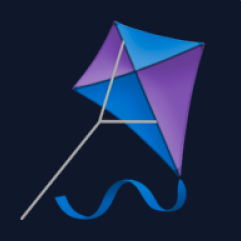what is Open MCP Client?
Open MCP Client is a development tool designed to facilitate the connection between LangGraph agents and MCP servers, providing a structured environment for building applications.
how to use Open MCP Client?
To use Open MCP Client, set up the necessary environment variables in two .env files, one at the root and another in the agent folder. Then, run the frontend and agent in separate terminals or together to start the application.
key features of Open MCP Client?
- Supports separate terminal operations for frontend and agent for better debugging.
- Utilizes LangGraph agents for efficient server communication.
- Provides a structured codebase with clear separation of frontend and backend components.
use cases of Open MCP Client?
- Developing applications that require real-time communication with MCP servers.
- Debugging and testing LangGraph agents in a controlled environment.
- Building user interfaces with CopilotKit for enhanced user experience.
FAQ from Open MCP Client?
- What programming language is used in Open MCP Client?
The project is primarily developed in TypeScript.
- Is there a specific setup required to run Open MCP Client?
Yes, you need to configure environment variables and run the frontend and agent in separate terminals or together.
- Can I contribute to the Open MCP Client project?
Yes, contributions are welcome, and you can find more information in the project's GitHub repository.
Open MCP Client
https://github.com/user-attachments/assets/364b6705-14d4-4e6d-bea7-fb9f12664fab
Getting Started
Set Up Environment Variables
Create a .env file at the root of your project:
touch .env
Add the following to .env:
LANGSMITH_API_KEY=lsv2_...
OPENAI_API_KEY=sk-...
Next, navigate to the agent folder and create another .env file:
cd agent
touch .env
Add the following inside agent/.env:
OPENAI_API_KEY=sk-...
LANGSMITH_API_KEY=lsv2_...
Set Up Poetry:
Poetry manages dependencies for the agent service. Install it with:
pip install poetry
Verify the installation by running:
poetry --version
Development
For easier debugging, run the frontend and agent in separate terminals:
# Terminal 1 - Frontend
pnpm run dev-frontend
# Terminal 2 - Agent
pnpm run dev-agent
Alternatively, launch both services together:
pnpm run dev
Visit http://localhost:3000 in your browser to view the application.
Architecture
The codebase is organized into two primary components:
- Frontend - Handles the user interface.
- Agent - Manages the core functionality.
License
Distributed under the MIT License. See LICENSE for more info.
